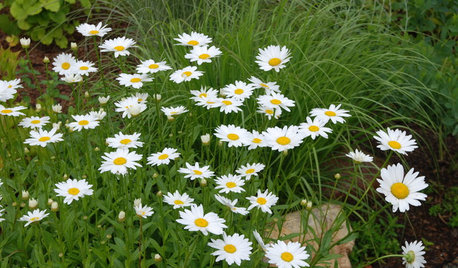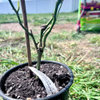Should I cut back my rose before transplanting?
alison
10 years ago
Featured Answer
Sort by:Oldest
Comments (12)
roseseek
10 years agoRelated Professionals
New Bedford Landscape Architects & Landscape Designers · Surprise Landscape Architects & Landscape Designers · Windham Landscape Architects & Landscape Designers · Barrington Hills Landscape Architects & Landscape Designers · Glassmanor Landscape Architects & Landscape Designers · Norton Shores Landscape Architects & Landscape Designers · Waunakee Landscape Architects & Landscape Designers · Edmond Landscape Contractors · Berkeley Heights Landscape Contractors · Broadlands Landscape Contractors · Desert Hot Springs Landscape Contractors · Farmington Landscape Contractors · Homewood Landscape Contractors · Round Lake Landscape Contractors · New Carrollton Landscape Contractorsnickl
10 years agoroseseek
10 years agodiane_nj 6b/7a
10 years agomichaelg
10 years agoalison
10 years agolola-lemon
10 years agoroseseek
10 years agopaparoseman
10 years agomichaelg
10 years agonickl
10 years ago
Related Stories

FRONT YARD IDEASBefore and After: Front Lawn to Prairie Garden
How they did it: Homeowners create a plan, stick to it and keep the neighbors (and wildlife) in mind
Full Story
GARDENING GUIDESMake Sure You Read This Before Buying New Plants
Follow these 10 plant-selection tips to avoid buyer’s remorse
Full Story
GARDENING GUIDES7 Ecofriendly Gardening Ideas That Also Cut Chore Time
Spend less time weeding, less money watering and more moments just sitting back and enjoying your healthy garden
Full Story
BASEMENTSBasement of the Week: Smart Cost Cutting, Beautiful Results
A stylish multipurpose basement for less than half the usual cost? See the budget-saving tricks that helped this underground space
Full Story
WINTER GARDENINGPruning Secrets for Exquisite Roses
Encourage gorgeous blooms year after year with this time-tested advice on how to prune your rosebush in winter for health and shape
Full Story
BUDGET DECORATINGSimple Pleasures: Treat Yourself to Cut Flowers
Enjoy priceless beauty with just a few inexpensive stems — and you don’t need fancy vases, either
Full Story
GARDENING GUIDESLearn the Secret to Bigger and Better Roses
Grow beautiful roses using both ordinary and unusual soil amendments
Full Story
SPRING GARDENINGHow to Grow a Rose Garden in Pots
Everything can come up roses, even without a plot of soil in sight. This step-by-step guide to growing roses in containers shows you how
Full Story
ARTSee the Sky as Never Before, Courtesy of Artist James Turrell
Experience light, space and perception in a whole new way at three museums across the United States — and maybe at your house, too
Full Story
FLOWERSBest Cutting-Garden Beauties for Late Summer
Pick blooms bursting with color or in classic white for bouquets to give away or keep all to yourself
Full Story








lori_elf z6b MD